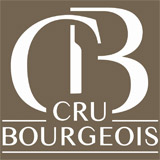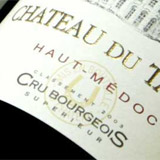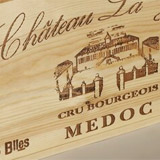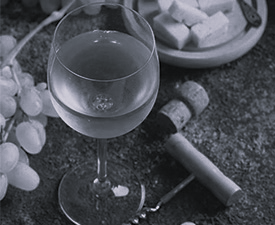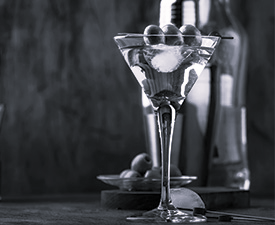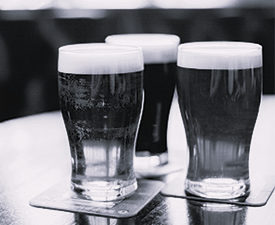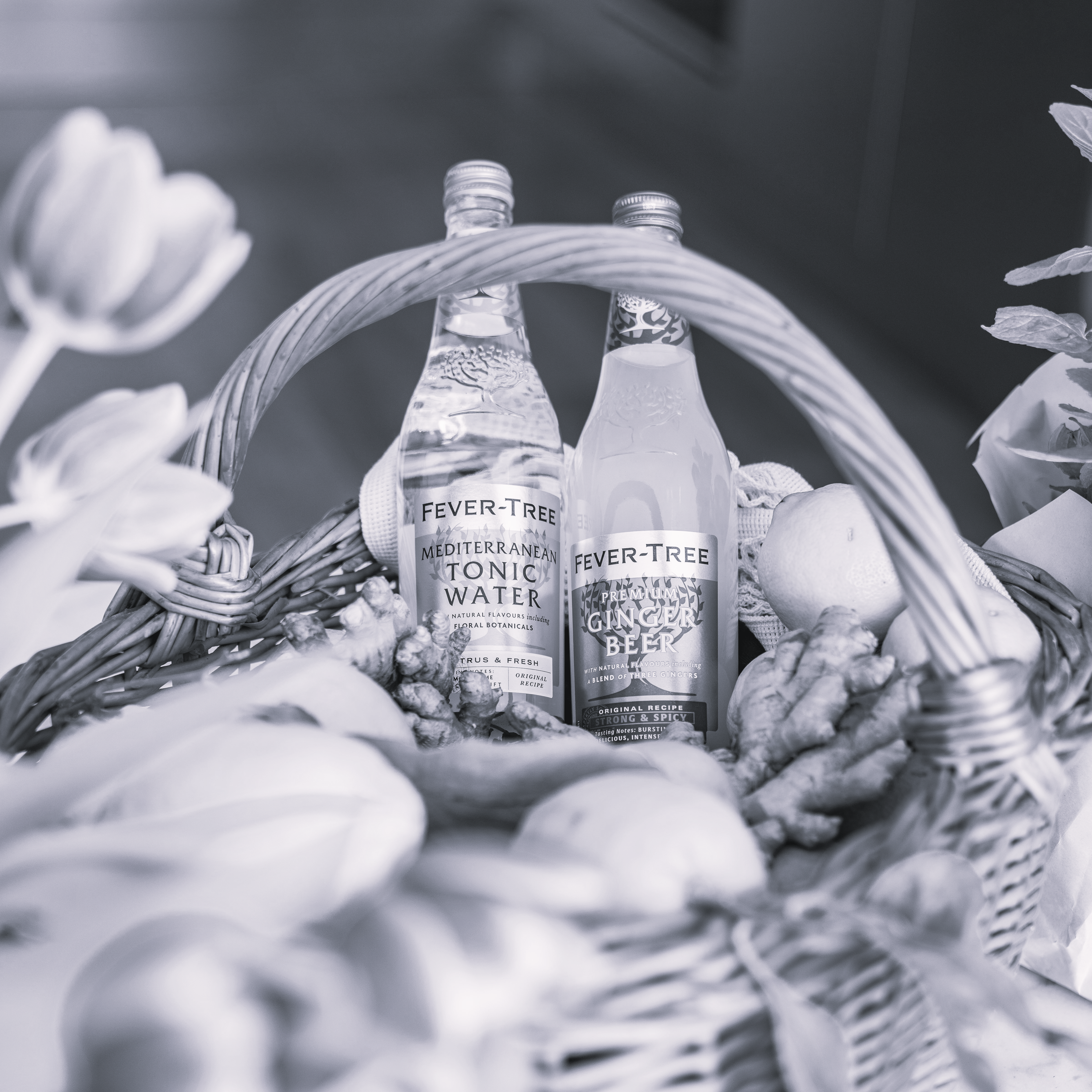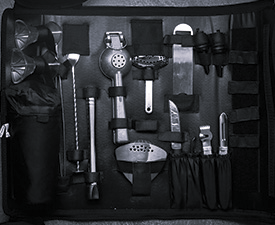The Cru Bourgeois classification lists some of the high quality wines from the Left Bank Bordeaux wine regions that were not included in the 1855 Classification of Classed Growths, or Grands Crus Classes. The first Cru Bourgeois list was drawn up by the Bordeaux Chamber of Commerce and Chamber of Agriculture in 1932, selecting 444 estates for the classification, and it graced the labels of these wines for more than six decades, even though the system was never officially ratified by the Agriculture Ministry.
A substantial revision of the classification, dividing it into three tiers, was initiated in 2000 and finalised in 2003. Following several legal turns, the 2003 Cru Bourgeois classification was annulled by the French government in 2007, resulting in a ban of all use of the term. The classification reverted to the 1932 with the tiers Exceptionnel and Superieur removed, and the original 444 estates equally classified Cru Bourgeois.
The Alliance des Crus Bourgeois responded to create a new certification adopting the term Label Cru Bourgeois from the 2007 vintage to be released in 2009, 'not as a classification, but as a mark of quality' open to all Medoc wines, based on production and quality standards, with nearly 300 estates opting in to this new, annual review. This new seal of quality would first appear with the 2007 vintage, the decisions as to which wines had qualified to be released just before the bottling in 2009. By mid-2009 this was looking unlikely, and the system only became fully active with the 2008 vintage, assessed by a panel in early 2010.
The benchmark that constitutes the minimum level of acceptability for a cru bourgeois is adjusted every year according to vintage quality. Thus in a poor vintage the number of labels is expected to drop. Any chateau can apply; all wines are re-tasted between March and July every year for the new listing. Wines are tasted in barrel, with a percentage re-tasted after bottling in anonymous 'shelf tests' - chosen at random from retailers' shelves.
